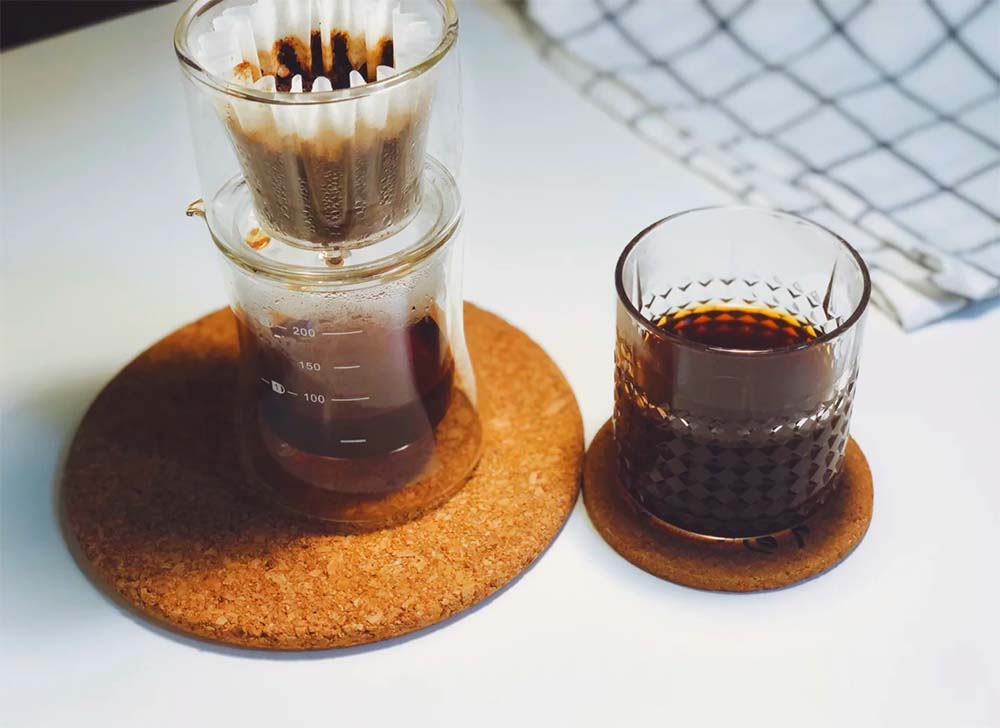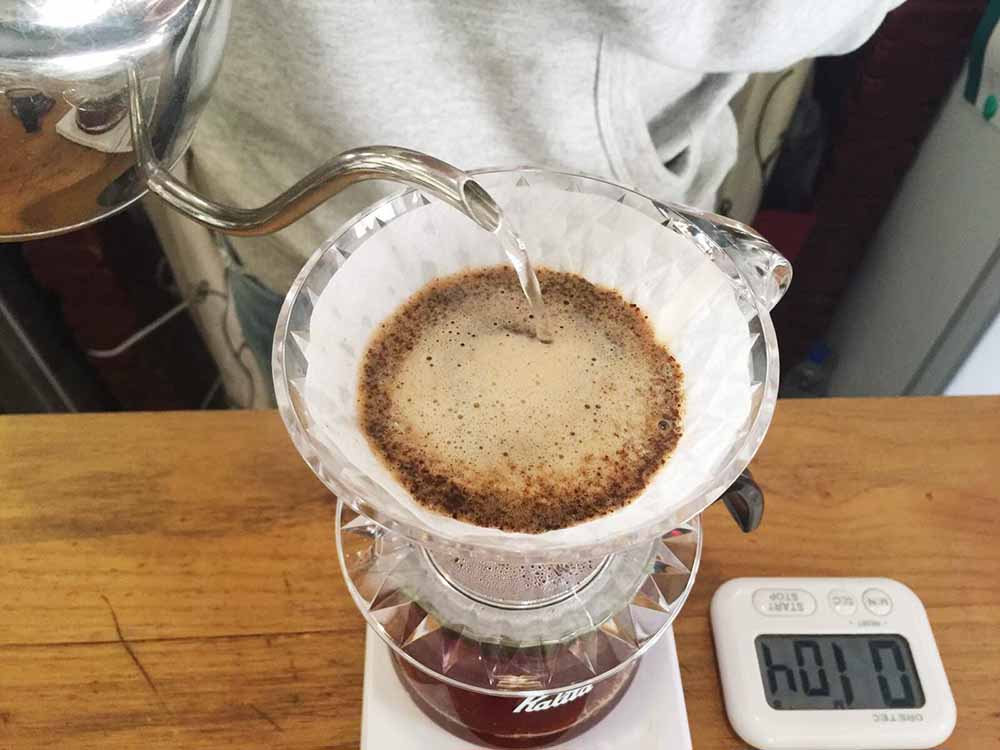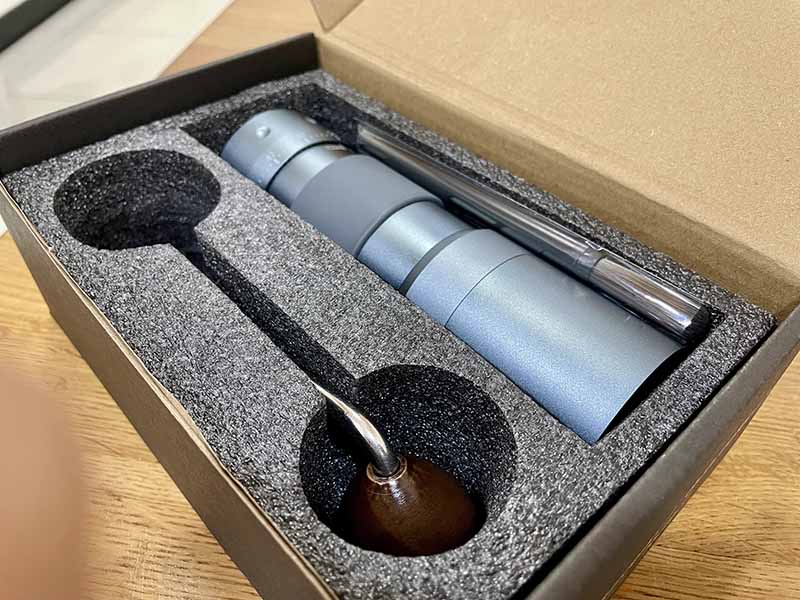
How can you tell if your coffee is “under-extracted” or “over-extracted”?
For all the different brewing methods, the initial preparation is mostly the same — select roasted coffee beans, grind them to the appropriate size, and add water. As soon as the ground coffee comes into contact with water, extraction begins.

When we lack experience, it can be difficult to determine during extraction whether the coffee is being perfectly extracted or if something is going wrong. However, through tasting, we can judge whether the coffee was extracted correctly.
What gets extracted and when?
Water extracts the aromatic compounds from coffee in a particular order: first, oils and acidic esters; then sugars; and finally, woody components. Flavors and body correspond to this extraction sequence:
Esters/Oils — Sweet/Syrupy — Bitter/Empty
The first compounds to be extracted are acids and fats. Why? Because the acid compounds are among the simplest molecules, making them easier for water to dissolve into the liquid coffee.
Oils in coffee increase the sense of body and richness. Chemically, these are hydrophobic molecules, and while they are easily rinsed by water, they don’t dissolve in it; instead, they give the coffee a thicker texture. Many light aromatic compounds, such as floral and fruity notes, are also extracted at this stage. Sugars are extracted in the second stage. Even though simple sugars are still more complex than acids, they take more time to be fully dissolved by water in the coffee grounds.

Finally, water starts to break down the plant fibers in the coffee grounds. Like in all plants, these fibers carry dry and bitter flavors—it's like biting into fibrous kale or celery.
When your coffee is under-extracted, you may notice:
-
Sharp, unpleasant acidity: Water doesn't have enough time to extract the sugars and only brings out the acids and oils. Our tongues are especially sensitive to acidity, so an unbalanced, sharp acid note is a clear sign of under-extraction. You can analyze acid sensation: with proper extraction, the acidity is felt on the sides of the tongue, while with improper extraction, the acidity is more intense on the tip of the tongue.
-
Salty notes: Saltiness in coffee comes from minerals and some inorganic compounds in the green bean. Typically, this is masked by the interplay of acidity and sweetness, balancing the flavor and mellowing excessive acidity, thus increasing smoothness. When sweetness disappears and acidity and bitterness become dominant, saltiness becomes noticeable. However, saltiness can also be caused by issues with the green bean or roasting, not just extraction.
-
Short finish: A pleasant finish may have hints of fruit, sugars, or florals. But if your coffee has a short finish with lingering vegetal or oily aromas that quickly fade, it may be under-extracted.

When your coffee is over-extracted, you may notice:
-
Bitterness: Bitterness is always present, but its intensity varies. Over-extracted coffee is intensely bitter, even more unpleasant than bitter melon. This bitterness usually lingers at a particular spot—often at the back of the tongue—and doesn’t fade easily.
-
Astringency: Astringency mainly comes from phenolic compounds extracted from plant fibers at the final extraction stage. The bad flavors from cellulose and other fibers mask any good tastes in the coffee. A little astringency is acceptable, and is sometimes described as a “tea-like” sensation.
-
Emptiness (hollowness): After drinking, you may find that your mouth is left with little flavor or aftertaste. There may be complexity or a strong balance of acid and bitter at first, but once swallowed, there’s nothing left—bland and hollow, which is also a sign of over-extraction.


